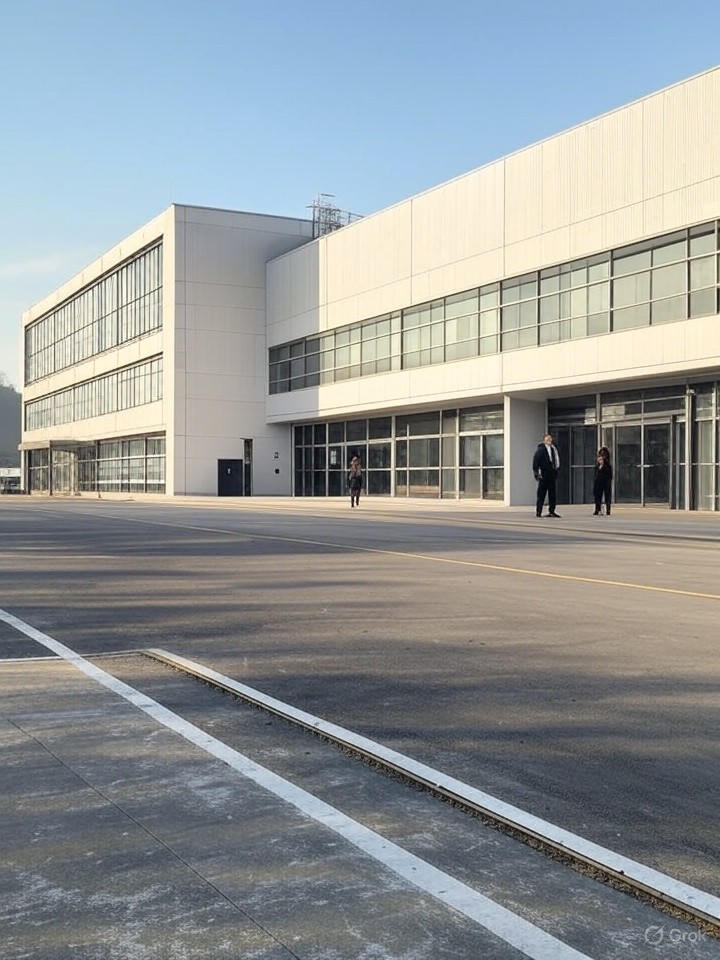In a surprising twist to U.S.-Taiwan trade relations, the recent imposition of a 20% tariff on Taiwanese imports has sparked intense speculation about its underlying motives, particularly in the semiconductor sector. Industry insiders suggest this move by the Trump administration is not merely a protectionist measure but a strategic lever to compel Taiwan Semiconductor Manufacturing Co. (TSMC) into a massive investment in Intel Corp. According to details first highlighted in a user-submitted story on Slashdot, the tariff appears designed to pressure TSMC to acquire a 49% minority stake in Intel, complete with intellectual property transfers and an additional $400 billion commitment to U.S.-based operations—on top of the $165 billion TSMC has already pledged for American fabs.
This tariff, announced amid broader trade tensions, exceeds rates applied to allies like Japan and South Korea, raising eyebrows in Taipei and Silicon Valley alike. Taiwanese officials, including President Lai Ching-te, have publicly described the levy as “temporary” and expressed intent to negotiate it down, but sources indicate that relief may hinge on concessions involving Intel. A report from Reuters quoted Lai emphasizing that chip exports could receive a separate, lower rate, underscoring the sector’s critical role in these talks.
The Geopolitical Chess Game Behind Tariffs and Tech Transfers
The linkage between tariffs and corporate deals reflects a broader U.S. strategy to bolster domestic chip production amid fears of supply-chain vulnerabilities, especially with Taiwan’s exposure to Chinese aggression. Insiders point to Intel’s recent struggles—layoffs, delayed fabs, and competitive lags against TSMC—as prompting this unorthodox intervention. As detailed in a piece from NotebookCheck, the proposed deal would involve TSMC not only injecting capital but also sharing advanced process technologies, potentially accelerating Intel’s recovery while securing U.S. technological sovereignty.
However, this proposition has ignited concerns in Taiwan about hollowing out its semiconductor dominance. TSMC, the world’s leading contract chipmaker, has already committed billions to Arizona facilities under the CHIPS Act, yet the new demands could strain its resources and autonomy. Analysts note that forcing such a stake in Intel might dilute TSMC’s focus on neutral foundry services, where it serves clients like Nvidia and Apple without favoritism.
Economic Ripples and Negotiation Hurdles Ahead
From an economic standpoint, the 20% tariff threatens Taiwan’s export-driven economy, particularly its electronics sector, which accounts for over a third of GDP. A analysis in The Economic Times highlights exporter anxieties, with chip manufacturing facing potential cost hikes that could erode competitiveness against rivals in South Korea or Japan. Taiwanese negotiators are pushing for a reduction to 15%, but U.S. conditions tie this to TSMC’s compliance, including the staggering $400 billion investment figure that dwarfs previous commitments.
Public sentiment, as gleaned from posts on X (formerly Twitter), reflects unease, with users debating the merits of “saving” Intel at Taiwan’s expense. Yet, for industry executives, the real question is sustainability: Can TSMC afford to prop up a competitor without jeopardizing its edge in 2nm and beyond processes? As talks progress, the outcome could reshape global semiconductor dynamics, blending trade policy with corporate bailouts in ways that challenge free-market norms.
Long-Term Implications for Global Supply Chains
Looking ahead, this episode underscores the weaponization of tariffs in tech geopolitics, potentially setting precedents for future U.S. dealings with allies. If successful, it might encourage similar pressures on other nations, while failure could strain U.S.-Taiwan ties at a precarious moment. Intel stands to gain immensely, but at what cost to innovation? As one executive confided, the deal’s IP transfer clause alone could alter competitive balances for years. With negotiations ongoing, stakeholders from boardrooms to the White House are watching closely, aware that the chips—quite literally—are down.




 WebProNews is an iEntry Publication
WebProNews is an iEntry Publication